发布时间:2023-05-06
浏览次数:321
密克罗尼西亚联邦(The Federated States of Micronesia),位于中部太平洋地区,属加罗林群岛,东西延伸2500公里。海岸线长6112公里。国土面积陆地面积702平方公里,海洋专属经济区面积约298万平方公里。岛屿为火山型和珊瑚礁型,多山地。由607个大小岛屿组成,其中4个主要大岛为:波纳佩(Pohnpei)、丘克(Chuuk)、雅浦(Yap)和科斯雷(Kosrae)。属热带海洋性气候。12月至翌年3月为旱季,4月至11月为雨季。年均气温27℃,年降水量约2000毫米,其中波纳佩年降水量超过3000毫米,是世界上降水量最多的地方之一。全国共分为4个州,首都为帕利基尔。截至2022年6月,密克罗尼西亚联邦人口10.48万。
4000年前就有人居住。16世纪被西方航海者发现。19世纪中期英、美、德先后在此设立贸易点,1885年遭西班牙占领,1899年被转让给德。第一次世界大战后(1914-1945年)被日占领,第二次世界大战后被美占领。1947年,联合国将密交美托管,后与马绍尔群岛、北马里亚纳群岛和帕劳构成太平洋岛屿托管地的4个政治实体。1965年1月成立议会,此后不断要求自治。1969年,密开始就未来政治地位同美国谈判。1979年5月10日通过宪法,密克罗尼西亚联邦成立。1982年与美正式签订《密美自由联系条约》,1986年11月3日生效,密联邦正式独立。
2021年密克罗尼西亚联邦主要经济数据如下:国内生产总值:2.45亿美元。人均国内生产总值:2338美元。经济增长率:-1.2%。
《数字资产》FM.中国/FM.中國,正在开发建站中。诚招合作伙伴!!!
应用范围:旅游、贸易、阀门、封面、蜂蜜、伐木、父母、发明、丰满等。
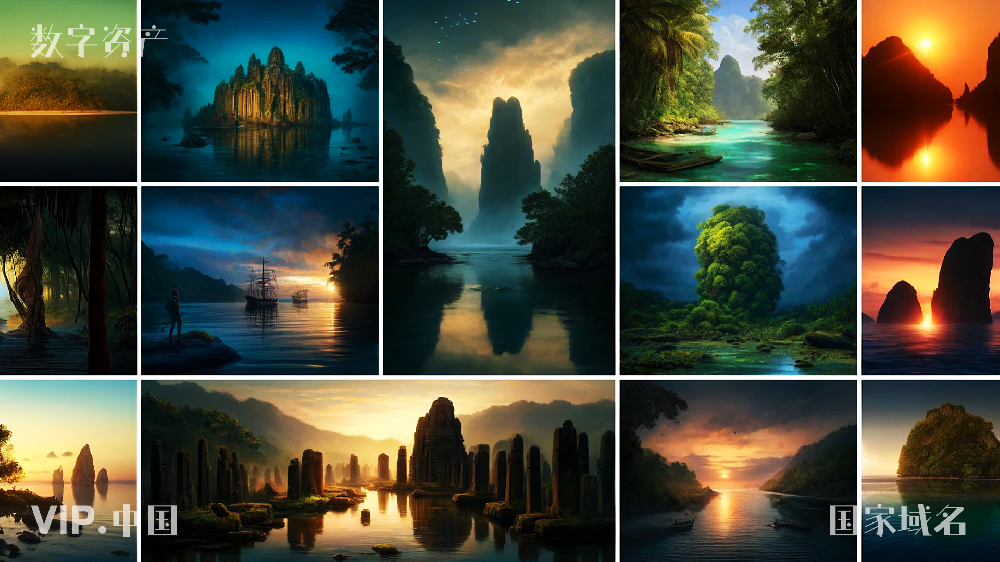
Nan Madol:捕捉古石城的精髓,拥有神秘的废墟和平静的泻湖水域。
Sokehs Rock:一个戏剧性的景观,地标耸立在郁郁葱葱的绿色植物中,耸立在波纳佩上。
Lelu 废墟:描绘了 Kosrae 上的古代遗迹,拥有错综复杂的玄武岩柱和长满丛林的墙壁。
楚克泻湖:沉没的二战船只的水下场景,有充满活力的珊瑚礁和热带鱼。
Yap Stone Money Banks:用著名的石头钱银行描绘独特的文化景观。
波纳佩瀑布:展示了波纳佩雄伟的瀑布之一,在茂密的植被中层层叠叠的水流。
Nan Madol: Captures the essence of the ancient stone city with mysterious ruins and calm lagoon waters.
Sokehs Rock: A dramatic landscape with the landmark towering over Pohnpei amidst lush greenery.
Lelu Ruins: Depicts the ancient ruins on Kosrae, with intricate basaltic columns and walls overgrown with jungle.
Chuuk Lagoon: An underwater scene of sunken WWII ships with vibrant coral reefs and tropical fish.
Yap Stone Money Banks: Portrays the unique cultural landscape with the famous stone money banks.
Pohnpei's Waterfalls: Showcases one of Pohnpei's majestic waterfalls with cascading water amidst lush vegetation.
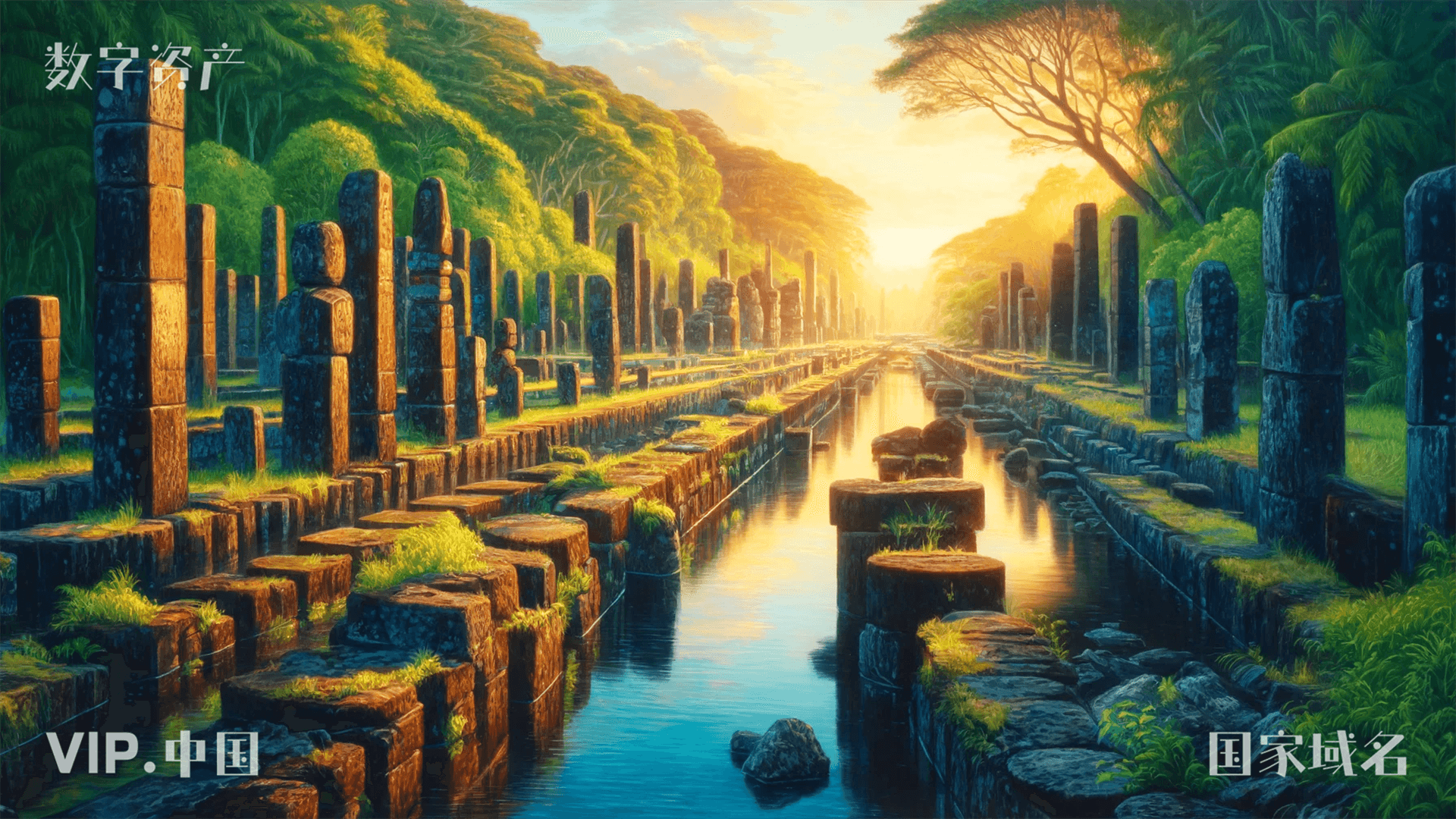
密克罗尼西亚波纳佩东岸的古老石城南马多尔的一幅生动而细致的画作。这个标志性的考古遗址,通常被称为“太平洋威尼斯”,拥有一系列由运河网络连接的小型人工岛,所有人工岛都是用巨大的玄武岩原木建造的。这幅画应该捕捉到这个联合国教科文组织世界遗产的神秘而迷人的氛围,杂草丛生的热带植被侵占了废墟。清晨的阳光柔和地照亮了场景,突出了错综复杂的石雕和运河的倒影水,邀请观众进入一个失落的古代密克罗尼西亚文明世界。
A vibrant and detailed painting of Nan Madol, the ancient stone city on the eastern shore of Pohnpei, Micronesia. This iconic archaeological site, often referred to as the 'Venice of the Pacific,' features a series of small artificial islands linked by a network of canals, all built with massive basalt logs. The painting should capture the mysterious and enchanting atmosphere of this UNESCO World Heritage site, with overgrown tropical vegetation encroaching upon the ruins. The early morning light gently illuminates the scene, highlighting the intricate stonework and the reflective waters of the canals, inviting the viewer into a lost world of ancient Micronesian civilization.
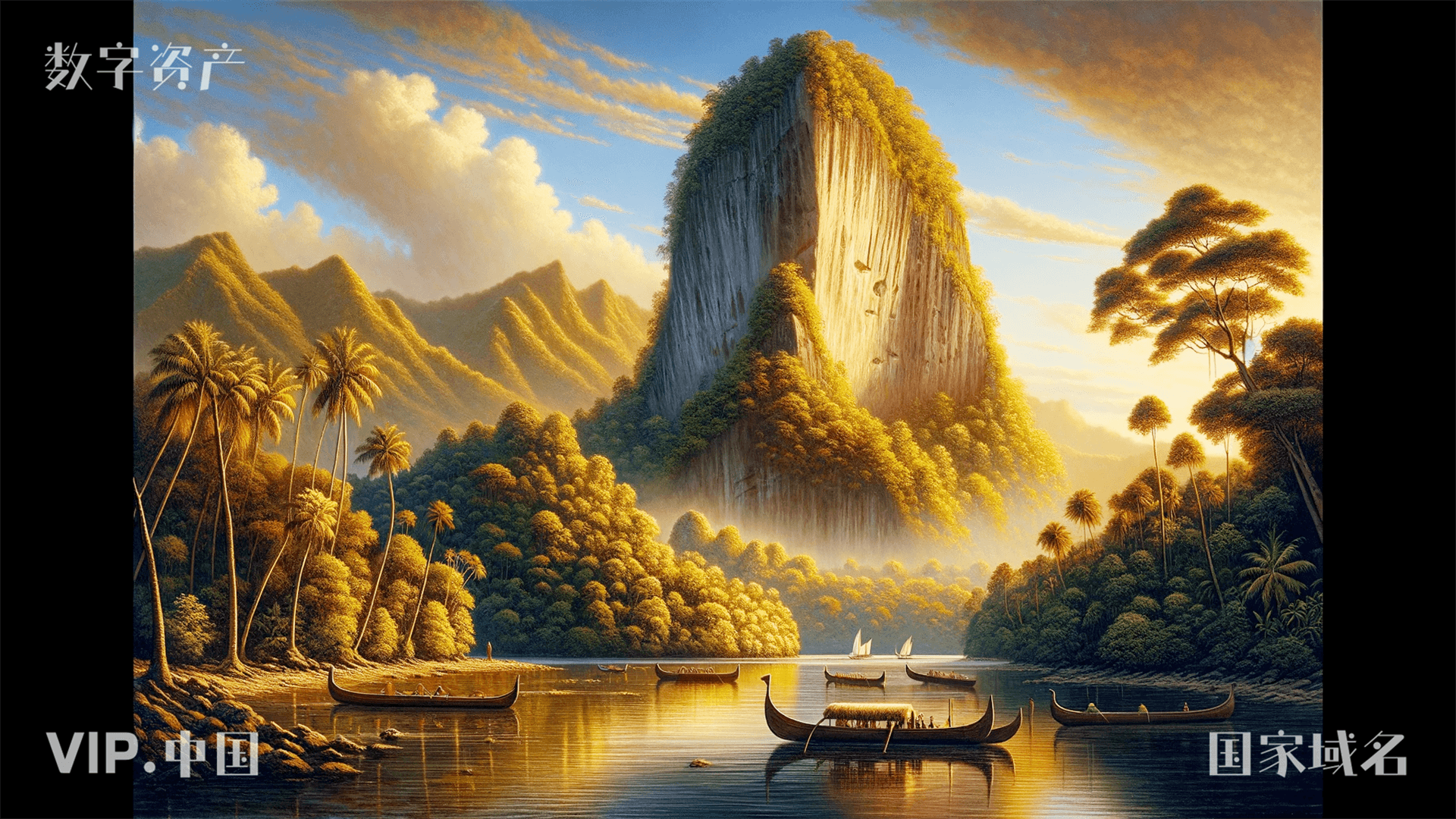
这幅画捕捉了密克罗尼西亚波纳佩的著名地标 Sokehs Rock 的宁静之美。这块巨大的石灰岩巨石耸立在郁郁葱葱的波纳佩丛林之上,象征着坚韧不拔和自然壮丽。场景设置在傍晚时分,阳光在风景上投下金色的色调,在充满活力的绿色植物和 Sokehs Rock 鲜明、雄伟的结构之间形成了鲜明的对比。在前景中,传统的密克罗尼西亚独木舟在平静的水域中航行,反映了该岛经久不衰的文化遗产。这件艺术品应该唤起人们对密克罗尼西亚自然和文化宝藏的惊奇和尊重。
A painting capturing the serene beauty of Sokehs Rock, a prominent landmark in Pohnpei, Micronesia. This colossal limestone monolith, towering over the lush Pohnpeian jungle, symbolizes resilience and natural grandeur. The scene is set in the late afternoon, with the sun casting golden hues over the landscape, creating a dramatic contrast between the vibrant greenery and the stark, imposing structure of Sokehs Rock. In the foreground, traditional Micronesian canoes navigate the calm waters, reflecting the enduring cultural heritage of the island. This artwork should evoke a sense of wonder and respect for the natural and cultural treasures of Micronesia.
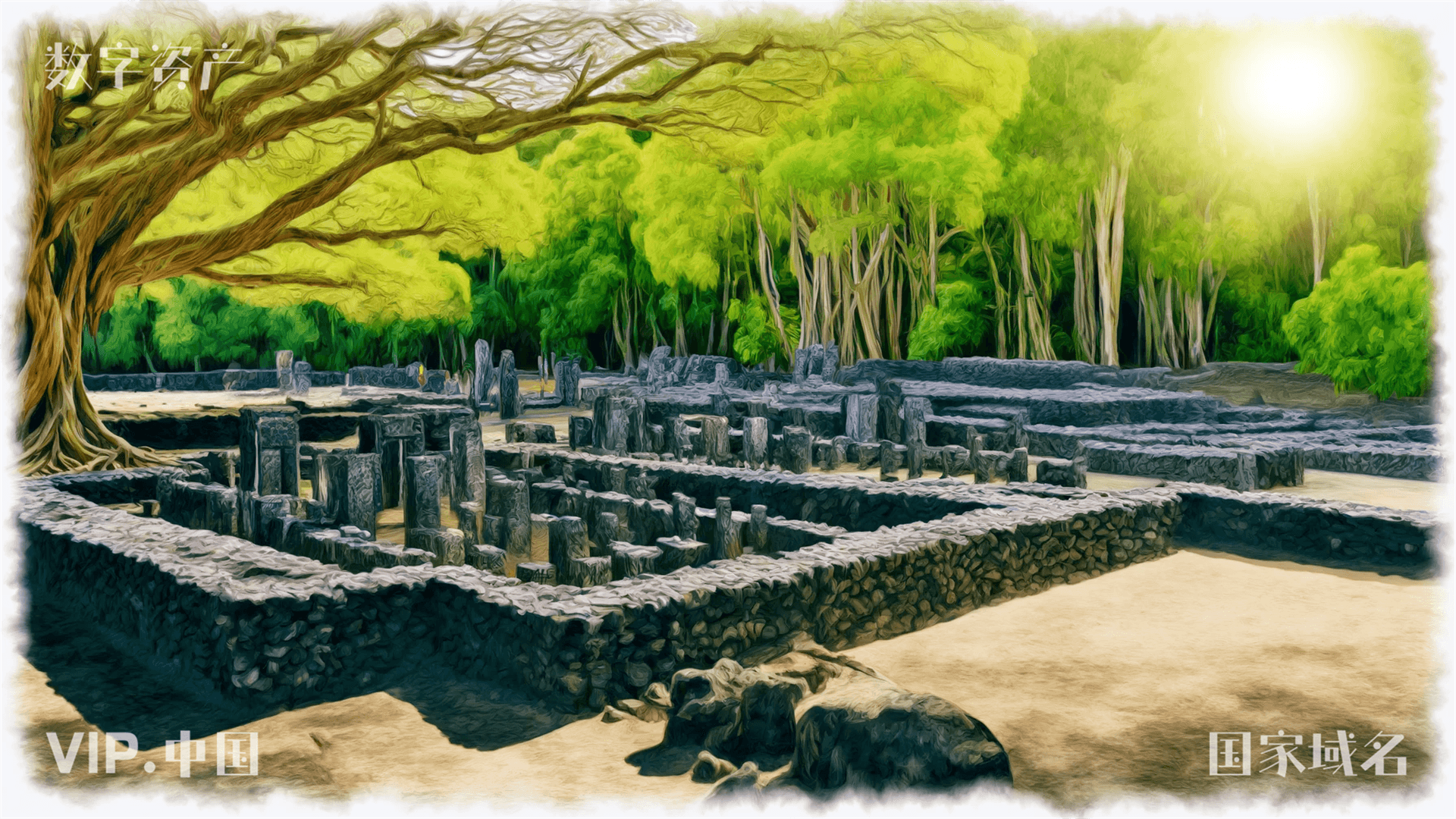
密克罗尼西亚重要考古遗址科斯雷(Kosrae)上的勒鲁遗址(Lelu Ruins)的艺术再现,展示了一座由棱柱形玄武岩柱和珊瑚建造的古城遗迹。这幅画应该展示坐落在茂密的红树林中的废墟,阳光透过树冠,在石墙和小径上投下斑驳的光线。石雕的复杂性,包括皇家建筑群、陵墓和宗教建筑的遗迹,讲述了曾经在这里繁荣的复杂社会。在远处可以看到一些当地人,为废墟的宏伟增添了规模,并将过去与现在联系起来。整体氛围是崇敬和神秘的,邀请观众思考古代密克罗尼西亚的历史和文化。
An artistic rendition of Lelu Ruins on Kosrae, a significant archaeological site in Micronesia, illustrating the remains of an ancient city built from prismatic basalt columns and coral. The painting should showcase the ruins nestled within a dense mangrove forest, with the sun filtering through the canopy, casting dappled light upon the stone walls and pathways. The intricacy of the stonework, including the remains of royal compounds, tombs, and religious structures, speaks to the sophisticated society that once thrived here. A few locals can be seen in the distance, giving scale to the grandeur of the ruins and connecting the past with the present. The overall mood is one of reverence and mystery, inviting the viewer to contemplate the history and culture of ancient Micronesia.
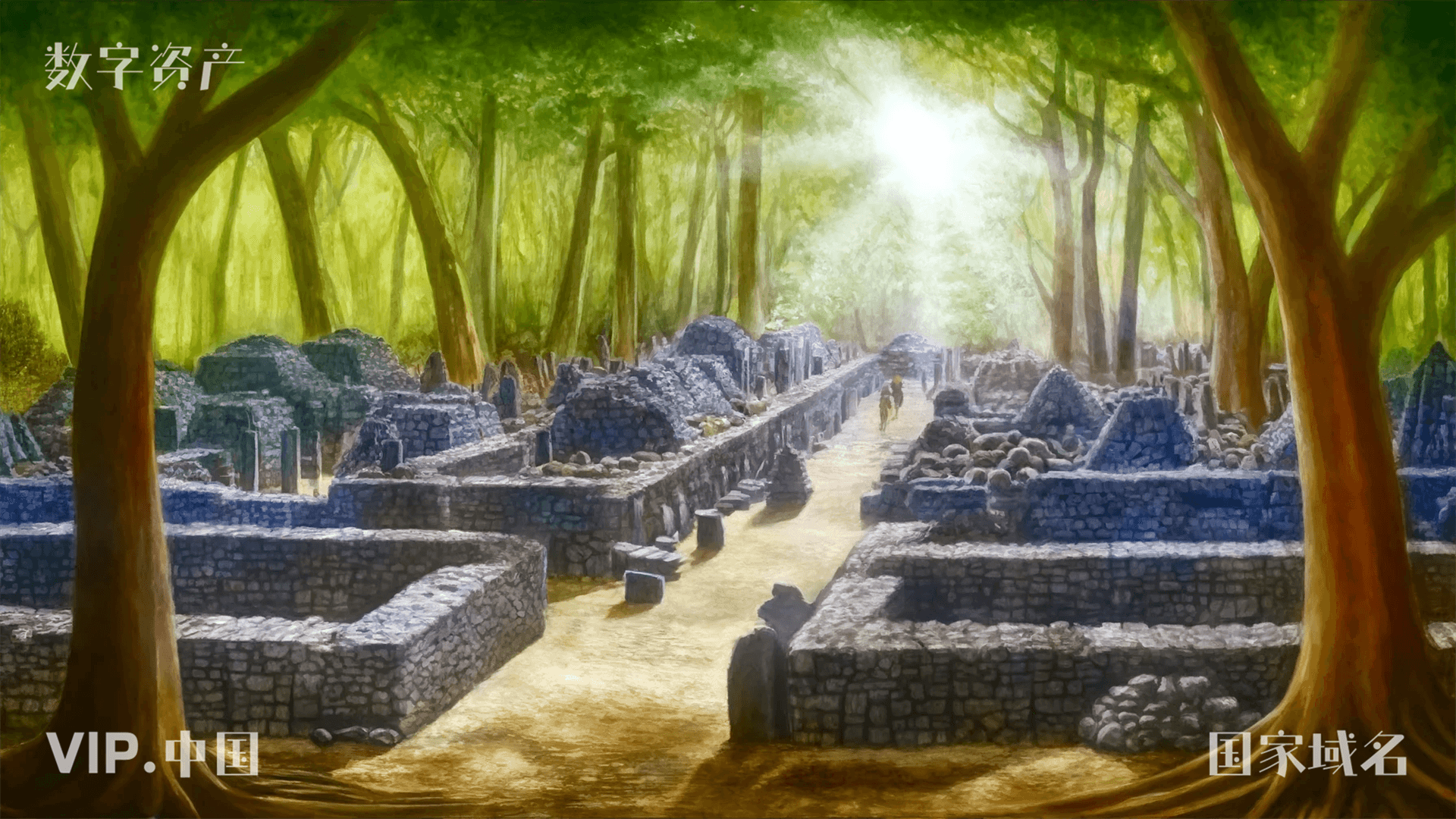
密克罗尼西亚重要考古遗址科斯雷(Kosrae)上的勒鲁遗址(Lelu Ruins)的艺术再现,展示了一座由棱柱形玄武岩柱和珊瑚建造的古城遗迹。这幅画应该展示坐落在茂密的红树林中的废墟,阳光透过树冠,在石墙和小径上投下斑驳的光线。石雕的复杂性,包括皇家建筑群、陵墓和宗教建筑的遗迹,讲述了曾经在这里繁荣的复杂社会。在远处可以看到一些当地人,为废墟的宏伟增添了规模,并将过去与现在联系起来。整体氛围是崇敬和神秘的,邀请观众思考古代密克罗尼西亚的历史和文化。
An artistic rendition of Lelu Ruins on Kosrae, a significant archaeological site in Micronesia, illustrating the remains of an ancient city built from prismatic basalt columns and coral. The painting should showcase the ruins nestled within a dense mangrove forest, with the sun filtering through the canopy, casting dappled light upon the stone walls and pathways. The intricacy of the stonework, including the remains of royal compounds, tombs, and religious structures, speaks to the sophisticated society that once thrived here. A few locals can be seen in the distance, giving scale to the grandeur of the ruins and connecting the past with the present. The overall mood is one of reverence and mystery, inviting the viewer to contemplate the history and culture of ancient Micronesia.
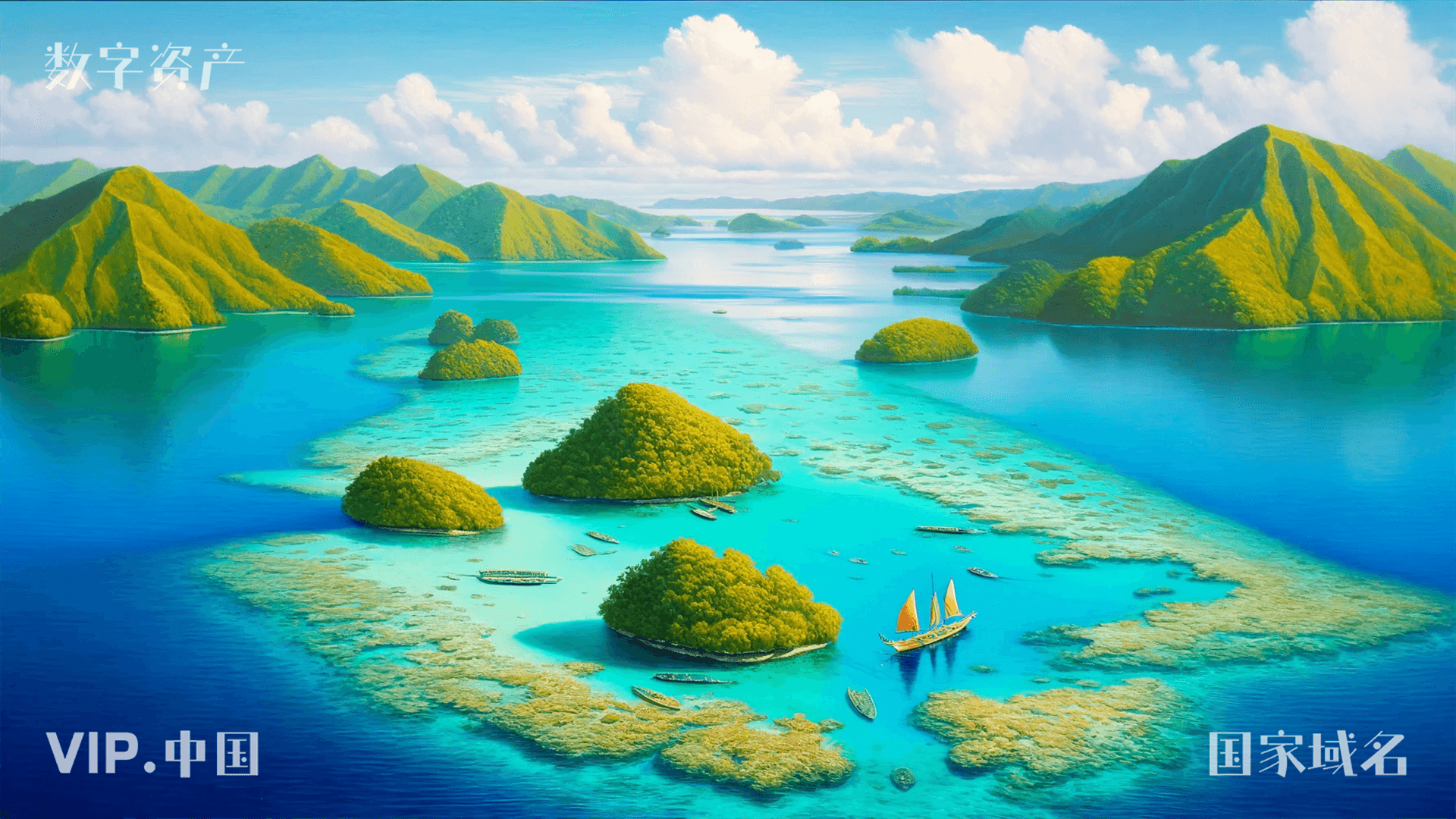
密克罗尼西亚楚克泻湖(也称为特鲁克泻湖)的一幅风景如画的画作。这个宁静的场景展示了泻湖令人叹为观止的美丽,其清澈碧绿的海水被一系列郁郁葱葱的绿色岛屿所环绕。泻湖以其世界级的沉船潜水而闻名,拥有许多二战时期的沉船,现在充满了海洋生物。这幅画应该捕捉到泻湖表面的平静,一些传统的帆船独木舟轻轻地漂浮着。在水面下,可以巧妙地看到沉船的轮廓,将泻湖的宁静之美与其历史意义融为一体。透过清澈的海水可以看到充满活力的珊瑚礁,增添了泻湖的魅力,使其成为密克罗尼西亚坚韧与宁静的象征。
A picturesque painting of the Chuuk Lagoon, also known as Truk Lagoon, in Micronesia. This tranquil scene showcases the lagoon's breathtaking beauty, with its crystal-clear turquoise waters surrounded by a series of lush, green islands. The lagoon, famous for its world-class wreck diving, harbors numerous sunken ships from WWII, now teeming with marine life. The painting should capture the calmness of the lagoon's surface, with a few traditional sailing canoes floating gently. Beneath the water's surface, the outlines of the sunken ships can be subtly seen, merging the lagoon's tranquil beauty with its historical significance. The vibrant coral reefs, visible through the clear waters, add to the lagoon's allure, making it a symbol of the resilience and tranquility of Micronesia.
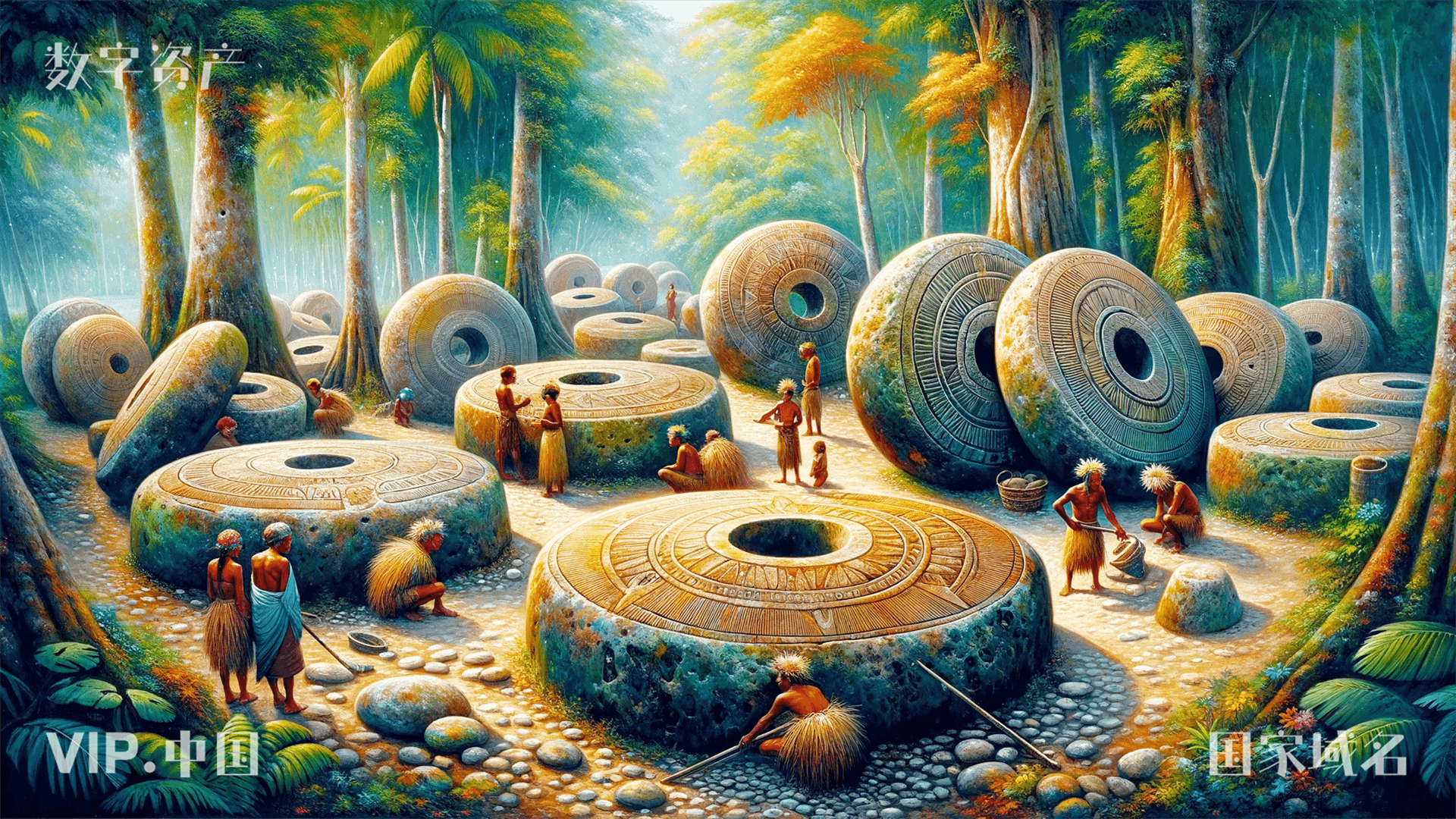
密克罗尼西亚雅浦石钱库的一幅生动画作,展示了使用大型雕刻石盘作为货币形式的独特文化传统。场景设置在一片郁郁葱葱的热带森林空地上,其中几个令人印象深刻的石盘被精心放置。这些圆盘的大小各不相同,有些直径达 12 英尺,每个圆盘的中心都有一个用于运输的孔。可以看到当地村民身着传统服装,参加传统的交换仪式,展示了这些石头钱库在雅佩斯社会中的重要性。这幅画应该捕捉到丰富的文化遗产以及雅佩斯人与其土地之间的深厚联系,突出这个古老货币体系的美丽和独特性。
A vivid painting of Yap Stone Money Banks in Micronesia, illustrating the unique cultural tradition of using large, carved stone disks as a form of currency. The scene is set in a lush, tropical forest clearing, where several of these impressive stone disks are carefully positioned. The disks vary in size, some as large as 12 feet in diameter, each with a hole in the center for transportation. Local villagers can be seen in traditional attire, engaging in a traditional exchange ceremony, showcasing the importance of these stone money banks in Yapese society. The painting should capture the rich cultural heritage and the deep connection between the Yapese people and their land, highlighting the beauty and uniqueness of this ancient monetary system.
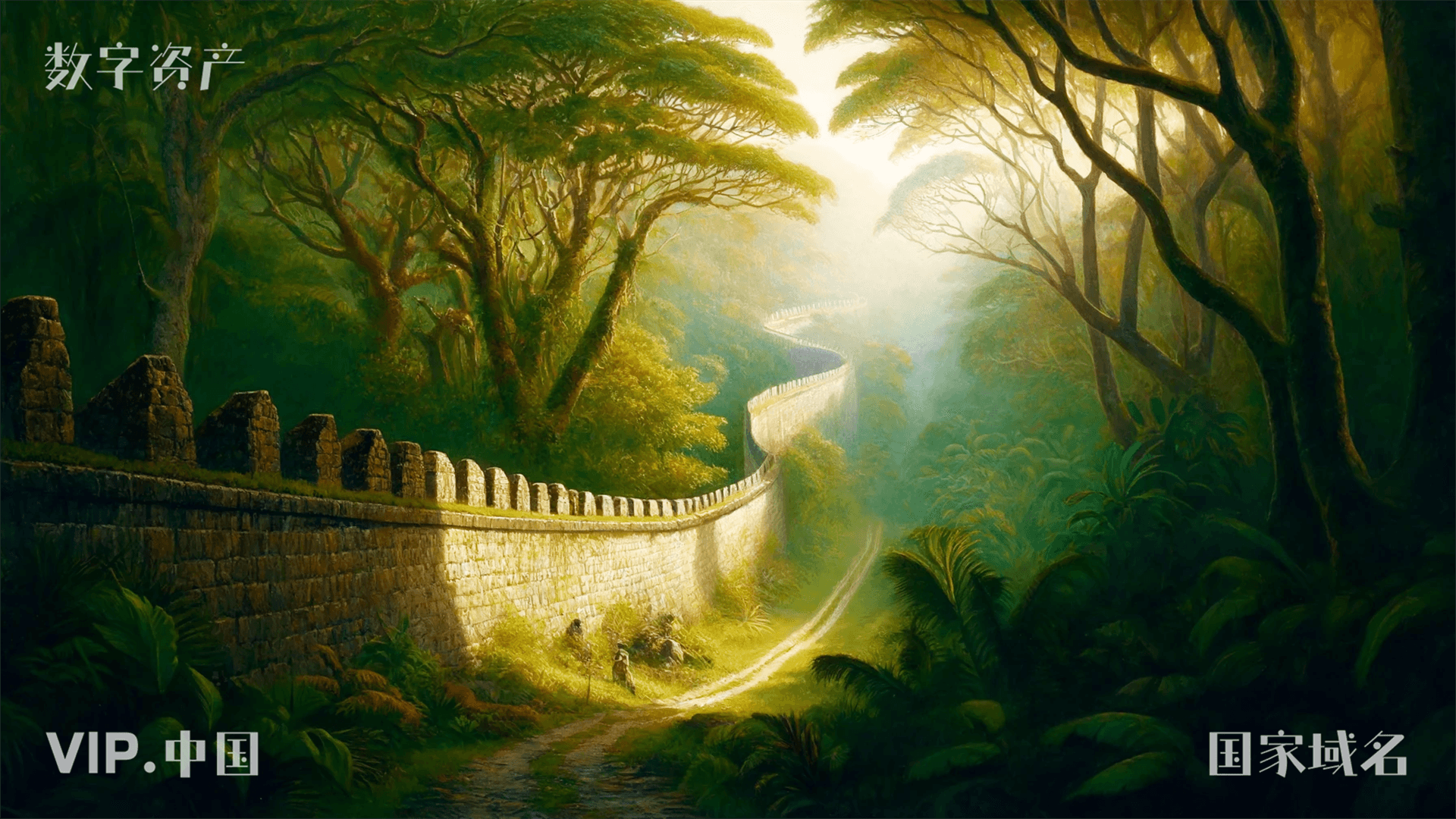
密克罗尼西亚雅浦岛科洛尼亚的西班牙墙的一幅令人回味的画作。这个历史遗迹由19世纪末西班牙殖民时期建造的一堵长而矮的墙组成,蜿蜒穿过郁郁葱葱的热带景观。这幅画应该描绘出蜿蜒穿过场景的墙壁,茂密的树叶部分遮挡并包围了结构,暗示着时间和自然的流逝重新开垦了它的领土。气氛宁静而凄美,柔和的光线穿过树木,突出了石头的质感和植被的生机勃勃的绿色。在远处可以看到一个孤独的人物,也许是当地人或旅行者,沉思着这个安静的历史见证,邀请观众反思密克罗尼西亚景观中嵌入的文化和殖民历史的层次。
An evocative painting of the Spanish Wall in Colonia on the island of Yap, Micronesia. This historical site consists of a long, low wall built during the Spanish colonial period in the late 19th century, winding through a lush tropical landscape. The painting should depict the wall as it meanders across the scene, with dense foliage partially obscuring and enveloping the structure, suggesting the passage of time and nature reclaiming its territory. The atmosphere is serene yet poignant, with soft light filtering through the trees, highlighting the texture of the stone and the vibrant greens of the vegetation. A solitary figure, perhaps a local or a traveler, can be seen in the distance, contemplating this quiet testament to history, inviting viewers to reflect on the layers of cultural and colonial history embedded within the landscape of Micronesia.
Copyright © 2005-2024 world.中國 版权所有.
024-28209959

微信二维码